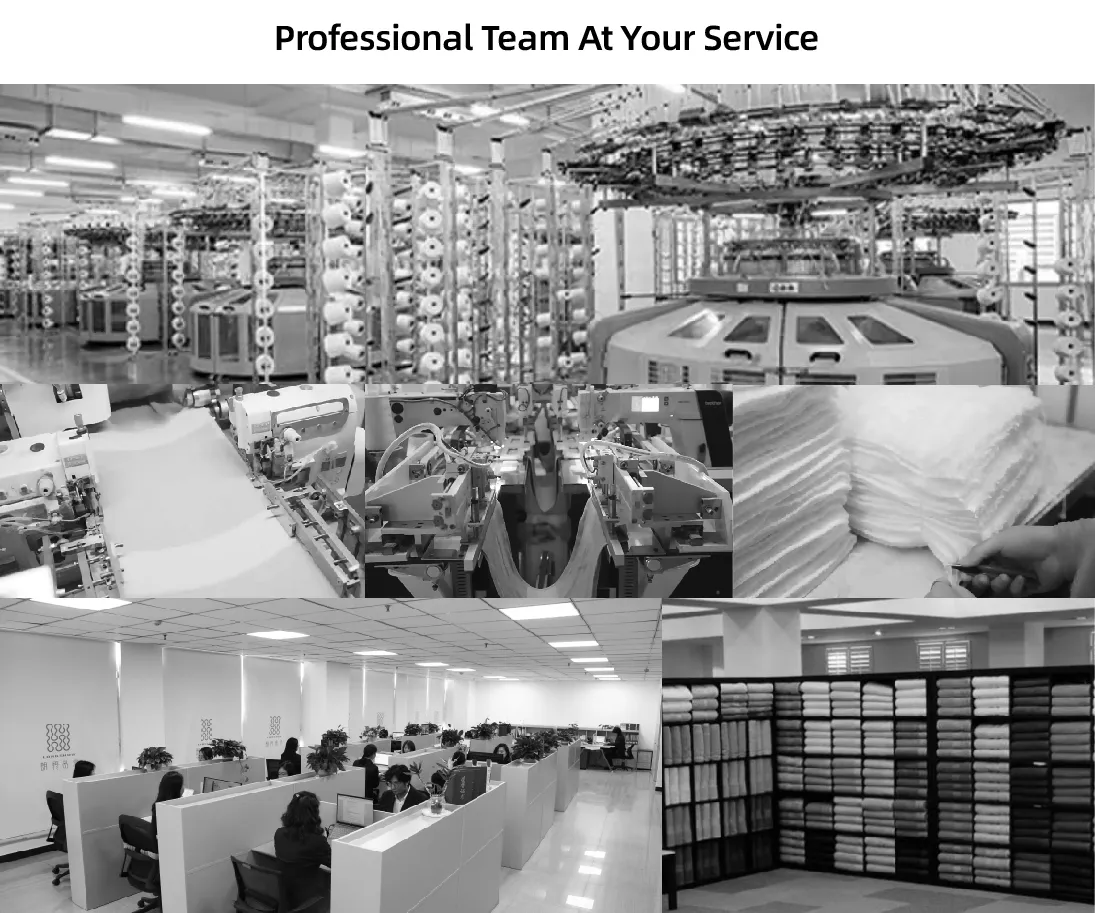The fabric of the Soft Waffle Dressing Gown is also highly breathable, allowing air to circulate around your body and keeping you cool on warm days
...
2025-08-16 02:10
1214
